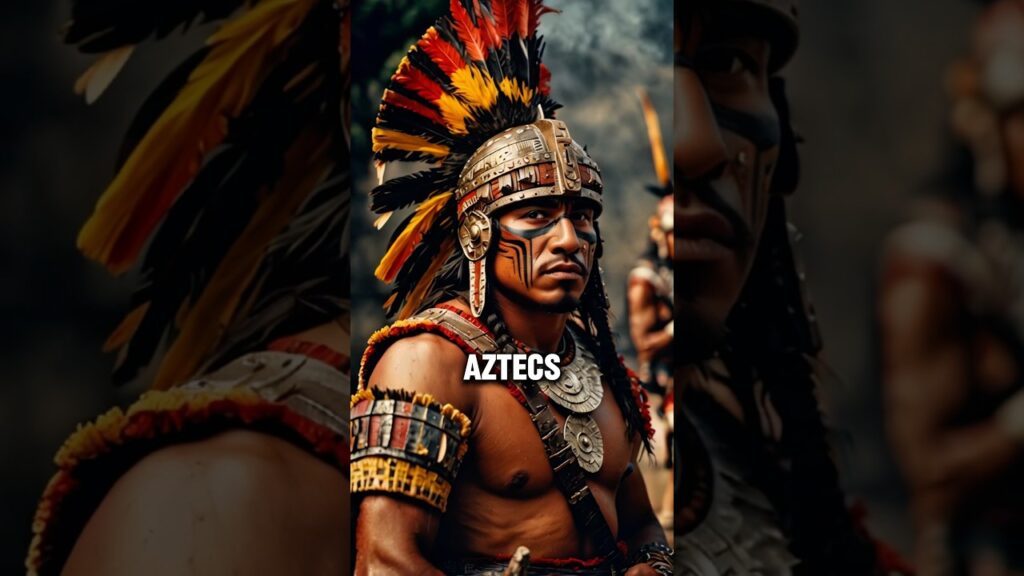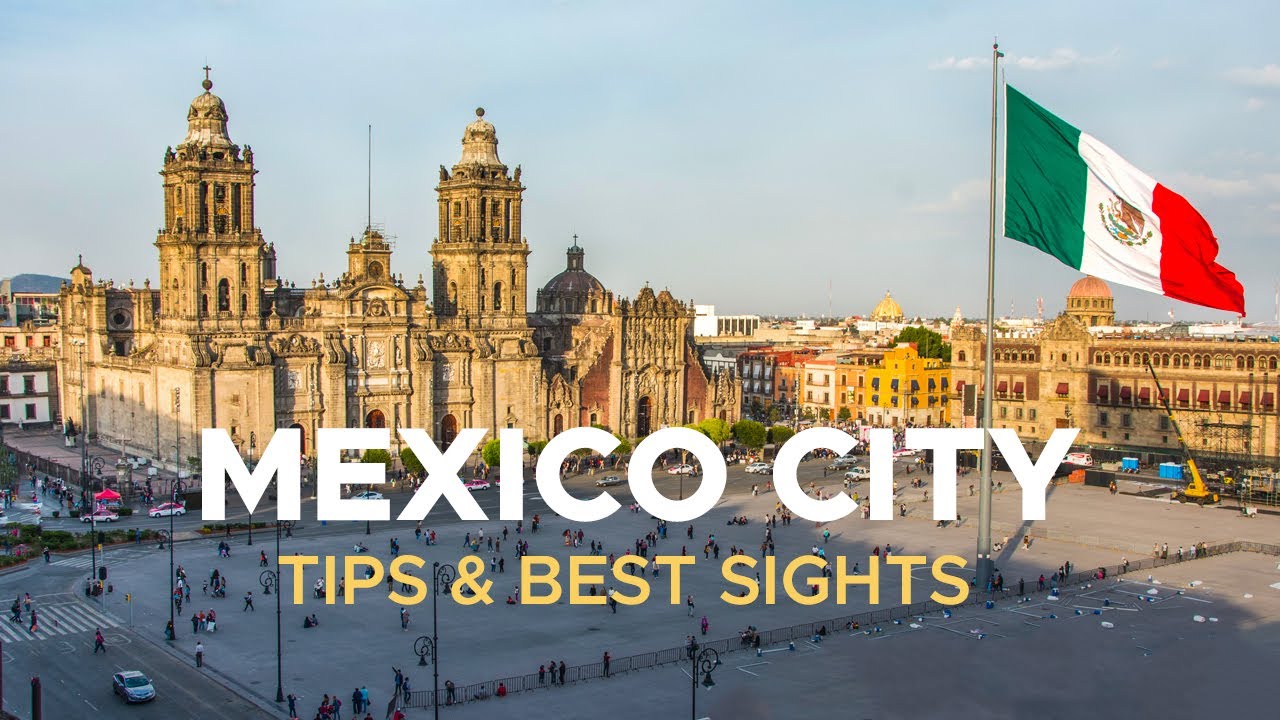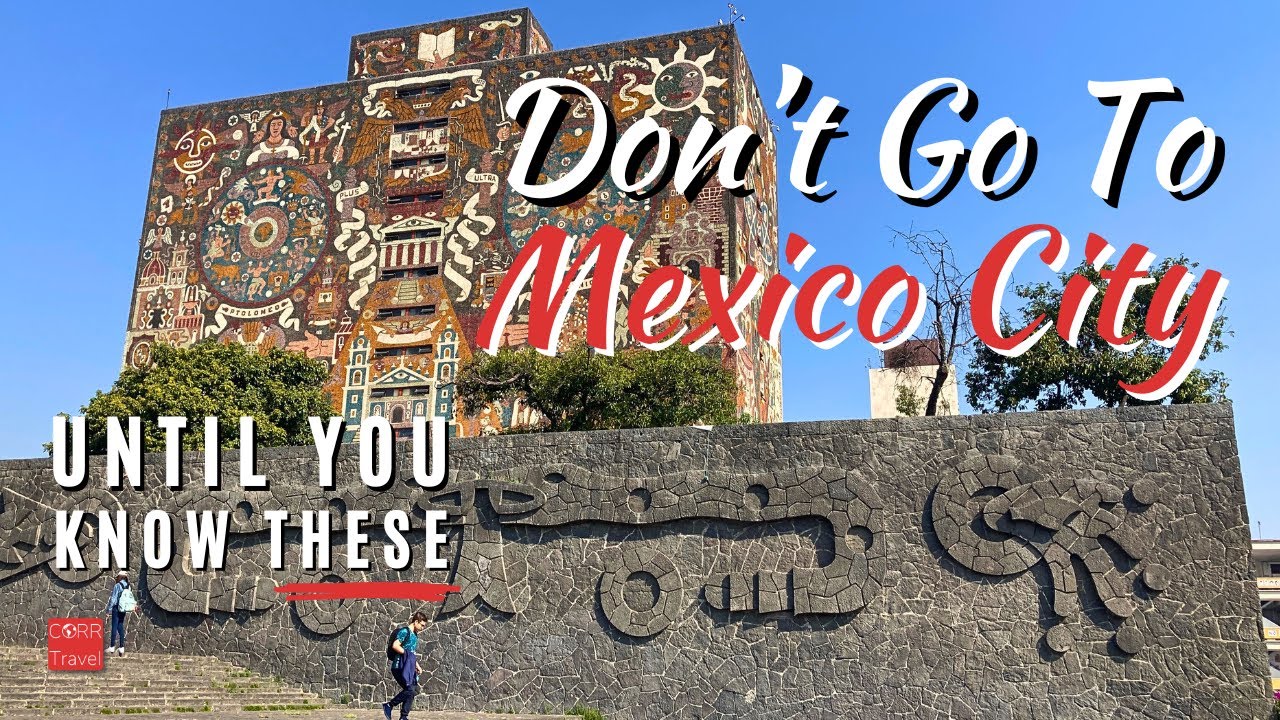Exploring the Rich Indigenous Heritage of Mexico City in 2025
In 2025, the indigenous heritage of Mexico City is more vibrant and accessible than ever. The city’s rich tapestry of ancient cultures and traditions is proudly displayed through a variety of mediums, offering an immersive journey into Mexico’s deep-rooted indigenous history. From the awe-inspiring ruins of Tenochtitlan to the living traditions of indigenous communities, Mexico City is a treasure trove of indigenous heritage waiting to be explored.
Immersive Cultural Experiences
Mexico City offers a plethora of immersive experiences that highlight its indigenous heritage. The Templo Mayor Museum, for instance, is a must-visit destination for history buffs, showcasing the remnants of the Aztec civilization that once dominated the region. Visitors can explore the ruins of the ancient city of Tenochtitlan, which was the capital of the Aztec empire. The museum also houses an impressive collection of Aztec artifacts, providing a glimpse into the life and culture of this ancient civilization.
Indigenous Arts and Crafts
The indigenous arts and crafts scene in Mexico City is also thriving in 2025. Artisan markets, like the famous La Ciudadela, showcase the skill and creativity of indigenous artisans. These markets are a riot of color and texture, with stalls brimming with handmade textiles, pottery, jewelry, and more. Each piece is a testament to the rich cultural heritage of Mexico’s indigenous communities, reflecting centuries-old techniques and traditions.
Living Indigenous Traditions
In addition to the historical sites and markets, Mexico City is also home to numerous indigenous communities that continue to uphold their ancestral traditions. These communities are a living testament to Mexico’s indigenous heritage, preserving their languages, customs, and rituals against the backdrop of the bustling metropolis. Experiencing these living traditions firsthand, whether it’s participating in a traditional ceremony or sampling indigenous cuisine, is an unforgettable part of exploring Mexico City’s indigenous heritage in 2025.
Discover 2025’s Top Indigenous Heritage Sites in Mexico City
Mexico City, with its rich cultural history and heritage, offers an array of indigenous heritage sites that are a testament to the city’s ancient civilizations. As we look forward to 2025, here are some of the top indigenous heritage sites you should add to your itinerary.
Templo Mayor
At the heart of Mexico City lies the Templo Mayor, a significant archaeological site that was once the main temple of the Aztec city of Tenochtitlan. This UNESCO World Heritage Site offers an immersive insight into the Aztec civilization with its excavated ruins, ceremonial platforms, and an on-site museum housing thousands of artifacts.
Teotihuacan
A short drive from the city center will take you to Teotihuacan, known as the “City of the Gods.” This ancient city, dating back to 100 B.C., features the awe-inspiring Pyramids of the Sun and Moon, the Temple of Quetzalcoatl, and a plethora of murals, making it a must-visit for history and archaeology enthusiasts.
Xochimilco
Xochimilco, a series of canals and artificial islands, is a living representation of the agricultural practices of the pre-Hispanic inhabitants of the region. The “floating gardens” or chinampas are an innovative solution to farming on the lake’s marshy land. A traditional trajinera boat ride offers a unique perspective on this UNESCO World Heritage Site.
Guide to Understanding Mexico City’s Indigenous Heritage in 2025
In 2025, Mexico City continues to be a rich tapestry of culture and history, with a deep-rooted Indigenous heritage that is evident in its architecture, cuisine, festivals, and arts. The city, once the center of the ancient Aztec civilization, still bears the indelible marks of its Indigenous past. To fully appreciate the depth and complexity of this heritage, it’s essential to delve into the city’s history, visit the emblematic sites, and engage with the local communities.
Historical Overview
Understanding Mexico City’s Indigenous heritage begins with a journey back in time to the Aztec civilization. The city, originally known as Tenochtitlan, was the heart of this powerful empire. Today, you can still see remnants of this era in the form of the Templo Mayor, an ancient temple located in the city’s historic center. The National Museum of Anthropology, another must-visit, houses a wealth of Aztec artifacts, providing insights into the civilization’s customs, beliefs, and way of life.
Indigenous Cultural Influence
The Indigenous influence in Mexico City extends far beyond historical sites. It’s woven into the city’s fabric, from the vibrant murals that adorn its buildings to the traditional dishes served in its markets. The city’s gastronomy, in particular, offers a direct link to its Indigenous roots, with traditional ingredients like corn, beans, and chili peppers still forming the backbone of its cuisine. Street food vendors serve up ancient recipes, offering a taste of the city’s rich Indigenous heritage.
Engaging with Local Communities
One of the most enriching ways to understand Mexico City’s Indigenous heritage in 2025 is through direct engagement with local communities. Indigenous markets such as the San Juan Market provide an opportunity to interact with artisans and vendors, gaining first-hand insights into their traditions and craftsmanship. Indigenous festivals, too, offer a vibrant and immersive experience of the city’s Indigenous culture, with traditional music, dance, and rituals taking center stage.
Experience Indigenous Culture: Mexico City 2025
Mexico City, the vibrant capital of Mexico, is a hub for the rich indigenous cultures that have thrived in the region for thousands of years. By 2025, the city aims to create a more inclusive space that truly represents the diversity and richness of these indigenous cultures. Visitors will be able to immerse themselves in a range of activities that offer a deeper understanding of the traditions, customs, and history of the indigenous people.
Authentic Cultural Experiences
In 2025, Mexico City is set to offer a host of authentic cultural experiences that highlight indigenous cultures. These include craft workshops, cooking classes featuring indigenous recipes, and traditional music and dance performances. Furthermore, visitors will have the opportunity to participate in traditional ceremonies and visit indigenous communities.
Indigenous Art and History
Mexico City 2025 is also set to spotlight indigenous art and history. Museums and galleries will showcase indigenous artwork, with exhibits focusing on traditional crafts, textiles, and pottery. Visitors will also have the opportunity to learn about the historical significance of indigenous cultures through guided tours and educational programs.
Indigenous Language Revitalization
In a bid to preserve and promote indigenous languages, Mexico City plans to incorporate indigenous language learning into its cultural experiences by 2025. Visitors will have the opportunity to learn basic phrases and greetings in various indigenous languages, further enriching their cultural experience.
With these initiatives, Mexico City 2025 aims to provide a platform for indigenous cultures to be recognized, appreciated, and understood, making it a must-visit destination for those seeking a unique and enriching cultural experience.
What to Expect from Mexico City’s Indigenous Heritage in 2025
As we approach 2025, Mexico City’s indigenous heritage is set to become even more of a focal point. The city’s government has been investing in the preservation and promotion of indigenous cultures, ensuring they continue to play a significant role in the city’s identity. By 2025, you can expect to see more visible signs of this rich heritage, with a greater emphasis on indigenous languages, arts, and traditions in public spaces.
Increased recognition of indigenous languages is one of the main trends you can expect to see. The city’s administration has been making efforts to incorporate indigenous languages into public services and education, as a way of promoting linguistic diversity and inclusivity. This includes more bilingual signage in public spaces and the inclusion of indigenous languages in school curriculums. These efforts are expected to continue and expand by 2025.
Revitalization of Indigenous Arts and Traditions
The year 2025 will also see a surge in the revitalization of indigenous arts and traditions. From traditional music and dance performances in city squares to art exhibitions featuring indigenous artists, the city is keen on showcasing its diverse indigenous cultures. This also extends to the culinary scene, with more restaurants featuring indigenous cuisine, celebrating the rich flavors and ingredients of Mexico’s indigenous communities.
Moreover, there will be a notable focus on promoting sustainable practices rooted in indigenous wisdom. Expect to see initiatives that highlight traditional farming techniques, water conservation methods, and other sustainable practices that have been part of Mexico City’s indigenous heritage for centuries. These initiatives not only promote cultural preservation but also contribute to the city’s efforts towards sustainability and climate resilience.



